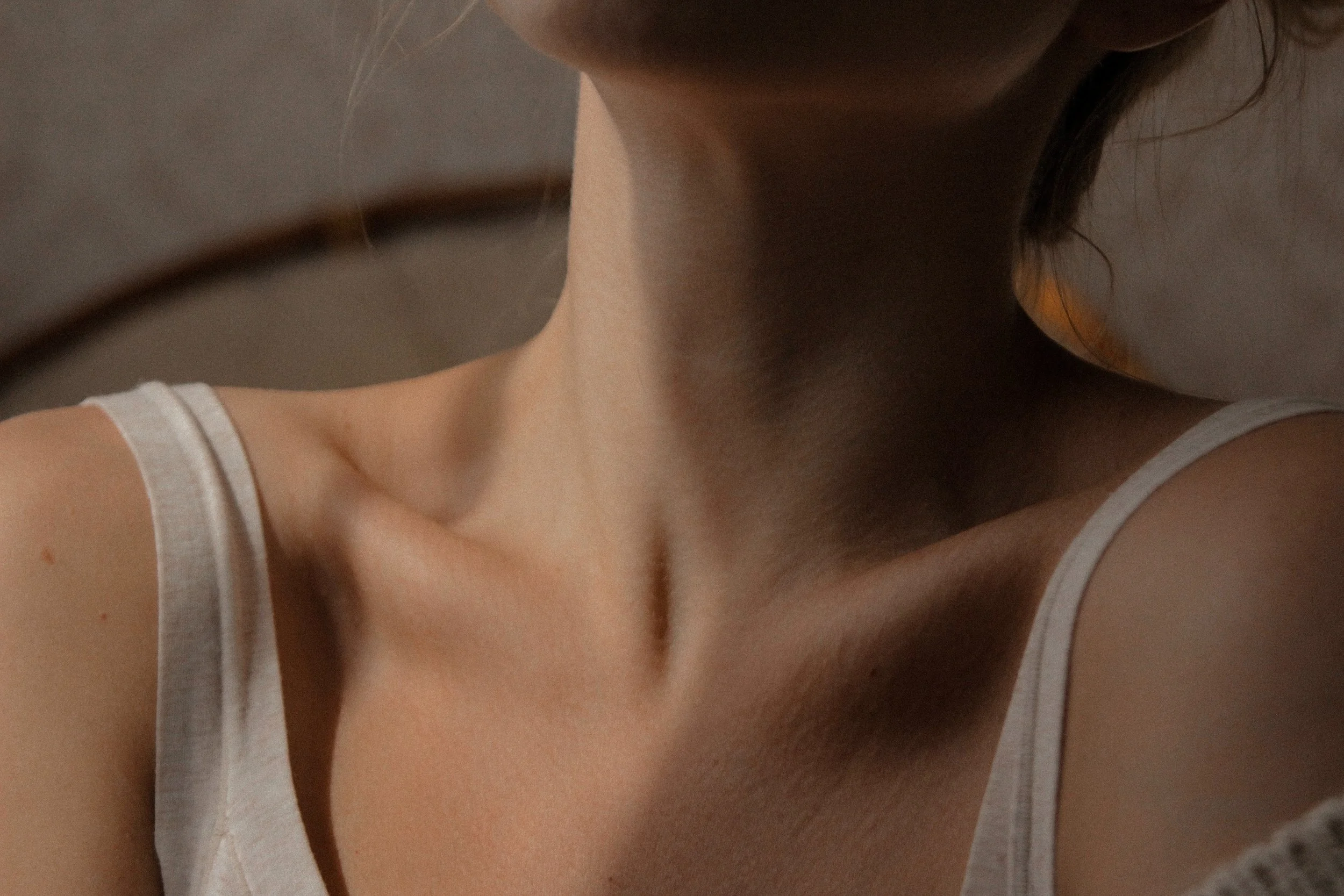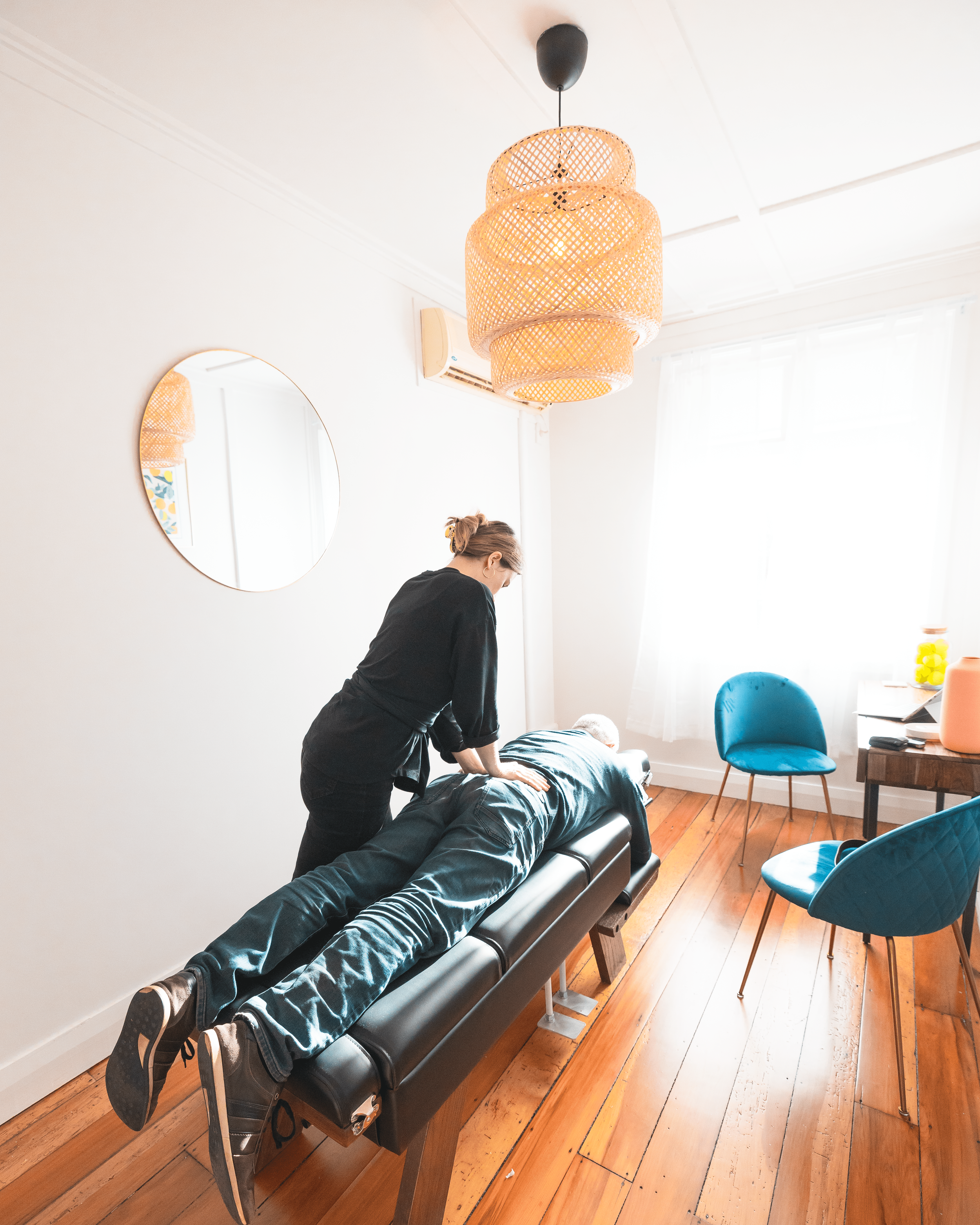Torticollis
Torticollis is a condition where the neck muscles go into spasm pulling and turning your head to one side.
The exact cause of torticollis is unknown but the most common causes for it are:
Sleeping in an awkward position
Neck muscle injury at birth
Traumatic injuries
Viral or bacterial infections
Herniated discs in the cervical spine.
The most common symptoms of torticollis include:
Torticollis, if treated with proper treatment can be resolved within days, weeks or months depending on its severity.
Treatment involves:
Heat
Cervical traction
Massage
Stretching/exercises for cervical muscles
Chiropractic adjustments
While there is no known cure for the condition, there are case studies showing that torticollismay respond to chiropractic treatment. In one such case study, a 59-year-old woman with an eleven-year history of torticollis experienced a dramatic improvement in function (from 3/10 to 9/10 on a scale of 0 to 10, 10 being full function and 0 being no function) following a treatment regimen that included cervical spinal manipulation, reflex therapy, eye exercises, and vibration therapy. This shows that chiropractic care is a great intervention to help get relief from torticollis.
Our Approach For Chiropractic Care
Gentle and effective treatment
Comfort with state of the art Chiropractic equipment
Safe for people of all ages
What To Expect At Your First Chiropractic Visit
An initial Chiropractic exam will typically have three parts: a consultation, case history, and physical examination.
Laboratory analysis and X-ray examination may be performed.
Consultation. The patient meets with the chiropractor and provides a brief synopsis of lifestyle factors and concerns, such as:
Duration and frequency of symptoms
Description of the symptoms (e.g. burning, throbbing)
Areas of pain
What makes the pain feel better (e.g. sitting, stretching)
What makes the pain feel worse (e.g. standing, lifting)
Lifestyle factors
Case history. The chiropractor identifies the area(s) of complaint and the nature of the stress involved by asking questions and learning more about different areas of the patient's history, including:
Family history
Dietary habits
Past history of other treatments (chiropractic, osteopathic, medical and other)
Occupational history
Psychosocial history
Other areas to probe, often based on responses to above questions
Physical examination. A chiropractor may utilize a variety of methods to determine the spinal segments that require chiropractic treatments, including but not limited to static and motion palpation techniques determining spinal segments that are hypo mobile (restricted in their movement) or fixated. Depending on the results of the above examination, a chiropractor may use additional diagnostic tests, such as:
X-ray to locate subluxations (the altered position of the vertebra)
A device that detects the temperature of the skin in the paraspinal region to identify spinal areas with a significant temperature variance that requires manipulation.
Chiropractors are trained in a variety of methods to assess the underlying cause of the problem, including:
Evaluation and management services. Chiropractors are trained in examining the joints, bones, muscles and tendons of the spine, head, extremities and other areas of the body with the purpose of noting any misalignment, tenderness, asymmetry, defects or other problems.
Neurologic and other common physical examination procedures. Chiropractors are trained to perform a variety of neurologic tests (nerve root compression/tension, motor strength, coordination, deep tendon and pathological reflexes, etc.) and are skilled in performing orthopedic, cardiovascular and many other common examinations.
Specialised assessment. Chiropractors are trained to assess range of motion, stability, muscle strength, muscle tone and other assessments with the lower back.
Common diagnostic studies. Chiropractors are trained in use of diagnostic studies and tools such as radiography (X-rays), laboratory diagnostics and neurodiagnostics.
References:
https://www.physio-pedia.com/Adult-onset_Idiopathic_Torticollis
https://www.ncbi.nlm.nih.gov/pmc/articles/PMC4371108/
https://www.ncbi.nlm.nih.gov/pmc/articles/PMC2484944/
https://theharmonyclinic.com/infant-torticollis-and-chiropractic/
https://www.correctivechiropractic.com/blog/can-chiropractic-help-torticollis-infants-children/
https://asfca.com/treatment-services/neck-stiffness-torticollis-wry-neck/
https://www.austintxchiro.com/infant-with-congenital-torticollis-helped-by-chiropractic/









